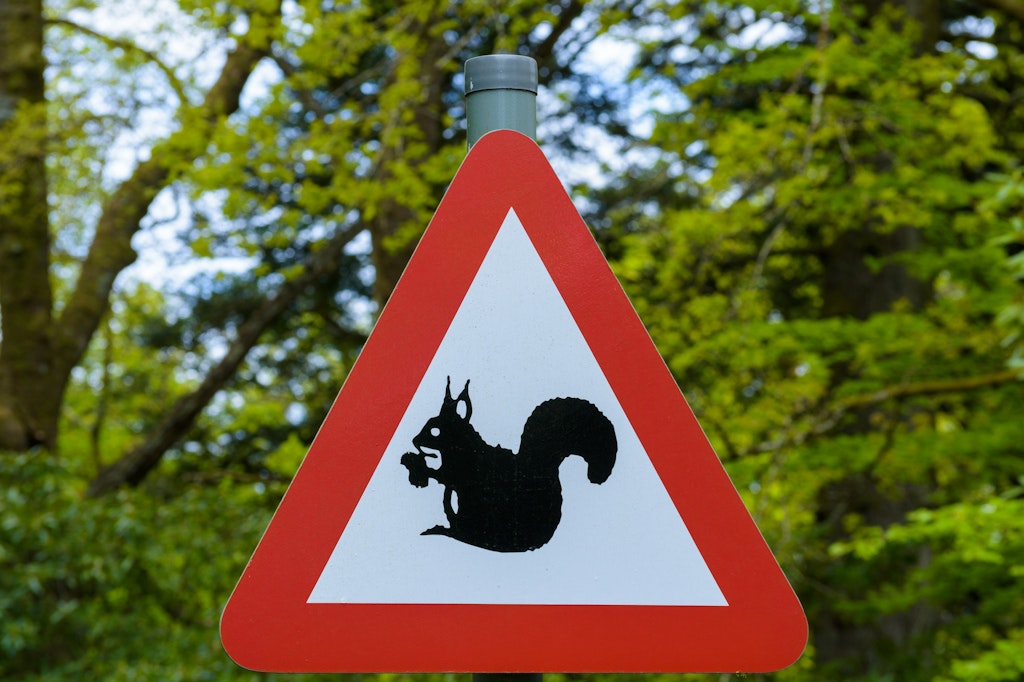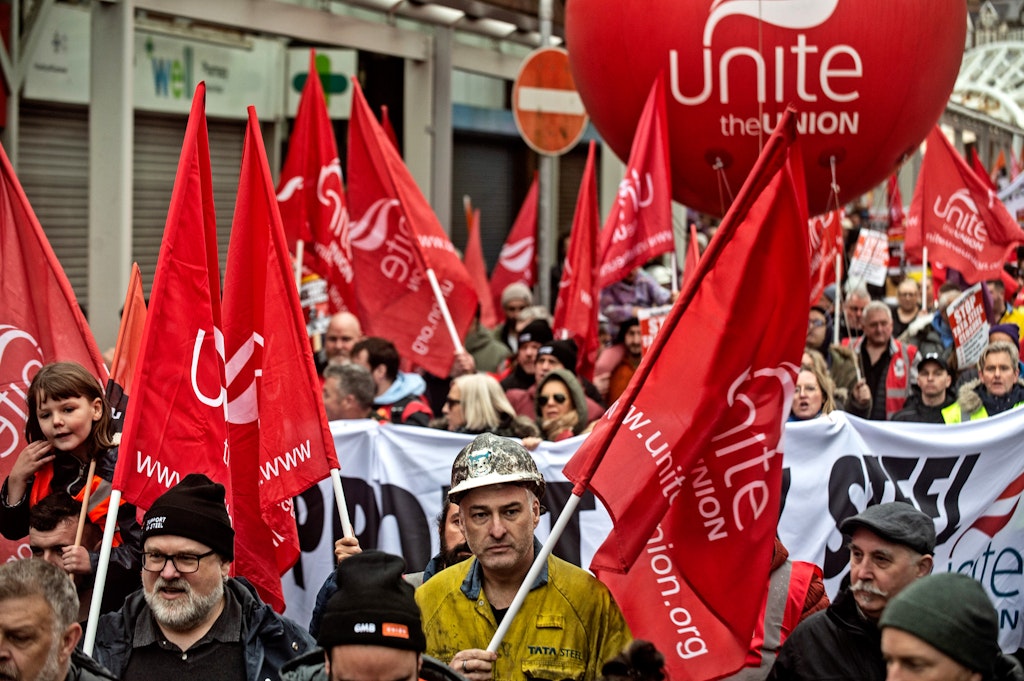Culture Shutdown
Can the arts survive coronavirus?
A couple of weeks ago, in what now seems another age, I was at Tate Britain, visiting the Aubrey Beardsley exhibition. It was unsurprisingly underpopulated; while one would usually expect to find around a hundred people in each room, there were barely a dozen. This admittedly made for a considerably easier viewing experience, as one did not have to jostle one’s way through a small crowd to catch a glimpse of a picture, but it was also oddly disconcerting. Those who were there had clearly decided that the risk of coronavirus was worth it to get their fix of fin-de-siècle wickedness, but now a very different era has come to an end, and we must consider what the consequences are likely to be.
It is bizarre to think that the Beardsley exhibition, like the Cecil Beaton photography display at the National Portrait Gallery, the Titian glories at the National and innumerable others besides, is now sitting in silence, presumably broken only by the odd security guard or particularly hardy member of gallery staff. It was originally supposed to finish on 25 May, but as it seems distinctly unlikely, bar a miracle, that the outbreak of the virus will have receded to any significant degree by then, the Tate will face the same choice as many other institutions. Should they simply cancel the remainder of the exhibition, disappointing tens of thousands who would have seen it, or do they postpone it, necessitating complex new loan arrangements with many individuals or institutions and delaying exhibitions planned for later this year and into 2021?
At the moment, nobody knows what the best thing to do is. With every public arts institution in the country – if not the world – currently closed, there is at least no immediate pressure on curators and directors to come to a decision, which could well end up being the wrong one. If institutions simply pull the plug on exhibitions that are unlikely to be staged in the future, which will mean that the fortunate few who have seen them will discuss them in hushed tones. It could even set a bizarre trend for the future; high-profile pop-up shows, appearing and disappearing at speed, with admission being limited to a lucky few who happened to be in the vicinity of a gallery at a certain moment.
This, like so much in the world at the moment, represents a kind of cultural version of the prisoners’ dilemma.
Of course, every sector of the arts faces similar problems at the moment. Jamie Lloyd’s high-profile new staging of The Seagull, with Emilia Clarke and Indira Varma, began its previews on 11 March. A few shows later, theatres went dark. Its run is supposed to finish on 30 May, and the chances of its being postponed until later in the year are not high. Varma, Clarke and Lloyd will have other commitments that they will, presumably, have to attend to. Again, they, and many other theatre companies, face a dilemma: postpone, and create endless knock-on logistical effects, or cancel altogether, and incur a vast bill for all the cancelled tickets. The Old Vic wrote off the last two weeks of its production of Beckett’s Endgame, with Alan Cumming and Daniel Radcliffe, and begged those who had planned to see the show to donate the cost of their tickets, rather than ask for refunds. Independent not-for-profit theatres would be crippled by having to pay out to disappointed punters, so they are trusting in altruism, rather than people hoping for a return on their investment.
And this, like so much in the world at the moment, represents a kind of cultural version of the prisoners’ dilemma. If we all accept the hit, then arts institutions will be able to carry on after the pandemic recedes, but if we behave like we have been conditioned to – expecting value for money, or indeed anything for our money – then it is likely that the entire arts strata as we know it will collapse, with a vast number of institutions either begging for money from the state or being forced to shut down forever. This is not a state of affairs that anyone could have predicted a matter of months ago. But what should we hope happens?
The true free marketeer, if any of those still exist, might shrug and say ‘let them fail…we don’t need public money going towards the arts, especially not at a time like this.’ They might even comment that, given the traditional left-wing bias in such institutions, it would not be the worst thing to see this removed from public life. Others taking a more statist approach would argue that the value of the public arts cannot be calculated simply in financial terms (while taking care to point out their impact on GDP) and that, given the enormous subsidies that the government is currently offering to business, it would be both fair and reasonable to expect them to bail out theatres, galleries and other practitioners alike. There is probably some truth in this. Nobody wants to see the Old Vic shut down or turned into a Wetherspoon’s pub, any more than one would secretly hope that Tate Modern should once again become a power station. Given these institutions’ assiduous ability to fundraise millions when required, they are probably not in any danger.
The problems instead lie with the smaller companies, the theatre troupes, freelance tutors and touring performers who are now out of work, and likely to remain so for the foreseeable future. Help for the self-employed is promised, but it is unclear whether this will be adequate enough to keep them in business, and so many will disband or dissolve before the crisis is resolved. Once again, the cynic – who would never have dreamt of patronising fringe shows or concerts of this nature – might scoff ‘They can go under if they’re not making any money… if this pandemic does one bit of good it’ll tidy up these overgrown students who ought to be out making a living, not poncing about in make-up or with instruments.’ It is impossible to hear this voice and not think of Ebenezer Scrooge’s questions ‘Are there no prisons? And the workhouses…are they still in operation?’, before his conclusion that ‘”If they would rather die, they had better do it, and decrease the surplus population.”
An entirely different problem is being faced by the more affluent creative industries, the film and music businesses. Both are able to release product, albeit in compromised forms, but both are also facing severe structural difficulties. Hollywood has traditionally made most of its money from the release of a couple of dozen mega-budget spectacles, released mainly around summer and Christmas. Most of these summer releases are now being postponed indefinitely, and often incurring vast costs into the bargain; the Bond film No Time to Die was moved from early April to early November, after tens of millions had already been spent on publicity, and everyone’s favourite idiotic metalhead series, The Fast and the Furious, has seen its latest instalment postponed a year, as the all-important Chinese market is currently unavailable.
The days of interesting, quirky filmmaking that is designed for the big screen are therefore numbered.
This will mean that the average cinema-goer is facing an unusual situation. We will have several months in which no big-budget films come out at all, followed by a giddy glut of them in the late summer and autumn, followed by another long hiatus due to the inevitable delay that their production now faces. Many studios will of course attempt to stagger their release dates so their balance sheets, currently in chaos because of the shuttered cinemas, can be restored to some kind of normality, but this can only go so far. At a time when many films have been colossal financial disappointments, many more will flop hideously, and beleaguered studios may beg, just as 20th Century Fox did, to be enveloped by the omnipotent Disney corporation, home of Star Wars, Marvel and the focus-grouped. From an artistic perspective, this is dire. It can only hasten a situation in which most films are watched at home, via Netflix and Amazon Prime, and the cinema exists solely as a means of taking in ever-vaster spectacle on enormous screens. The days of interesting, quirky filmmaking that is designed for the big screen are therefore numbered.
As for the music industry, albums can still be released to captive domestic audiences, but the lucrative touring and festival circuit has been placed in abeyance. We will have no Glastonbury festival this year (in a particularly harsh blow, it would have been the 50th anniversary) and Coachella has been postponed until October. Countless gigs and concerts have been either cancelled or delayed; bored musicians are now occupying themselves by performing solo concerts on Instagram, to varying degrees of acclaim.
Inevitably, Bono released a song, ‘Let Your Love Be Known’, designed to foster a spirit of community. It did, but unfortunately it was one of antipathy towards him. One friend who has recently recovered from the coronavirus stated that he would rather have it again than listen to Bono’s well-intentioned but rather tone-deaf pronouncements. It is easy to extend the hand of sympathy to others when you are a multi-millionaire with a vast estate and the knowledge that self-isolation is merely an irritation to be endured, rather than the potential destruction of your career, and even life.
On and on it goes. Publishing has been affected in a similar way to the other industries – I am currently waiting to find out whether my new book, The Crown in Crisis, will be available from a bookshop near you in early July, much as the world would like to know what on earth will be happening by then – and any form of performing art has currently been driven underground. Yet this crisis has also led to great altruism and thoughtfulness. The actor Samuel West is taking requests on social media for him to read poetry (which he does beautifully) and Patrick Stewart is reciting a new Shakespearean sonnet every day. Figures from all creative industries – even Bono – are communing with their public as never before, in the knowledge that we are all in this together. Anyone can get coronavirus, just as we will all die one day, and this great leveller has brought about an awareness of our shared humanity that the arts are uniquely placed to capitalise upon, both now and after this dreadful pandemic.
It may be that the brave new world before us has less of a place for the arts. I would hope, both for selfish and altruistic reasons, that this is not the case. The millions of people currently stuck at home are entertaining themselves in a variety of ways, whether it’s television, reading, listening to music or even creating their own work. Just as we can only trust that a shared ordeal brings us closer together, both during it and afterwards, it should be the case that our enforced separation from public culture should make it more, rather than less, desirable in our society. When this dreadful episode is behind us, we shall go back to the closed theatres, the shuttered galleries and empty cinemas, and, perhaps for the first time in our lives, realise how fortunate we are to be able to enjoy such things, rather than taking them for granted.
Enjoying The Critic online? It's even better in print
Try five issues of Britain’s newest magazine for £10
Subscribe














